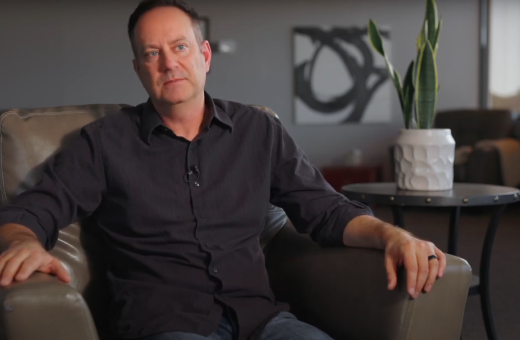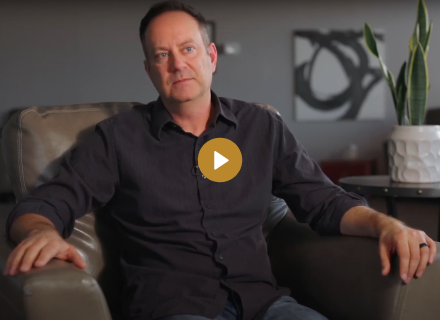By Floyd Godfrey, PhD
A Silent Battle Among Adolescents
Teen pornography addiction is becoming an increasingly visible concern among mental health professionals, educators, and parents. With easy access to digital devices and unfiltered internet content, teens are often exposed to pornography long before they’re developmentally equipped to understand or process it. While the physical act of viewing may seem passive, the psychological impact can be profound and, in many cases, deeply isolating.
Kevin Skinner (2017), a specialist in treating sexual addiction, offers a striking example of one teenage boy’s inner world: “He didn’t think his parents would accept him. He had this secret and he believed nobody would ever understand him” (p. 14). This sentiment is echoed in countless adolescents who silently wrestle with shame and fear. They internalize their behavior as a moral or character flaw, believing they are fundamentally broken or deviant, which drives the addiction even deeper.
Why Teens Don’t Ask for Help
A major barrier to teen recovery is the fear of judgment or rejection. Adolescents often delay or avoid seeking help because they anticipate harsh consequences or assume they are alone in their struggle. Skinner explains, “Only when he opened up and honestly started talking with others did he realize he wasn’t alone. His mind had trapped itself in a corner to the point that he thought he was alone on a deserted island” (p. 14).
This illusion of isolation, though untrue, can feel completely real. The secrecy surrounding pornography use reinforces this belief, which in turn prevents teens from receiving the support they need. Many have never heard other youth or adults talk openly about this issue in a compassionate or solution-focused way. As a result, they stay trapped in cycles of guilt and compulsivity.
Educational Strategies
Educational efforts must prioritize connection over condemnation. Teens benefit most from safe places where they can ask questions, share their thoughts, and hear others talk honestly about pornography and addiction. Programs developed by experts provide tools that normalize conversation while emphasizing emotional health and accountability.
In schools, churches, and families, we must replace silence with guidance. When educators and parents are trained to discuss topics like sexual behavior, shame, and emotional regulation in age-appropriate ways, they create environments where teens are more likely to open up. Connection and communication are among the strongest antidotes to secrecy and shame.
The Role of Therapeutic and Coaching Interventions
Therapists and recovery coaches play a pivotal role in helping teens reclaim their sense of identity and belonging. Many teens, like the adolescent described by Skinner, live in fear that their family will reject them. But through empathetic counseling and trauma-informed care, they can learn that they are not alone or unworthy of help.
Skinner (2017) notes, “As Matt’s story vividly illustrates, loneliness and isolation are devastating for individuals struggling to overcome a pornography addiction” (p. 14). Group therapy or mentorship programs can help reduce this isolation. Connecting with others who have walked similar paths fosters accountability, trust, and hope.
There is Hope in Connection
Despite the deep shame many teens carry around pornography use, healing begins when they stop hiding. Once adolescents experience emotional safety—whether in therapy, at home, or with peers—they can begin to shed secrecy and internalized guilt. Through education, therapeutic support, and open conversations, teens can break free from addiction and discover they are not alone on that “deserted island.”
Floyd Godfrey, PhD is a Clinical Sexologist and a Certified Sex Addiction Specialist. He has been guiding clients since 2000 and currently speaks and provides consulting and mental health coaching across the globe. To learn more about Floyd Godfrey, PhD please visit his website: www.FloydGodfrey.com.
References
Skinner, K. B. (2017). Treating pornography addiction: The essential tools for recovery. GrowthClimate Incorporated.



